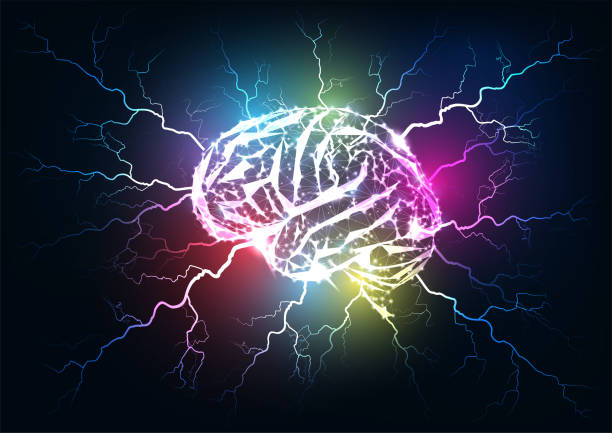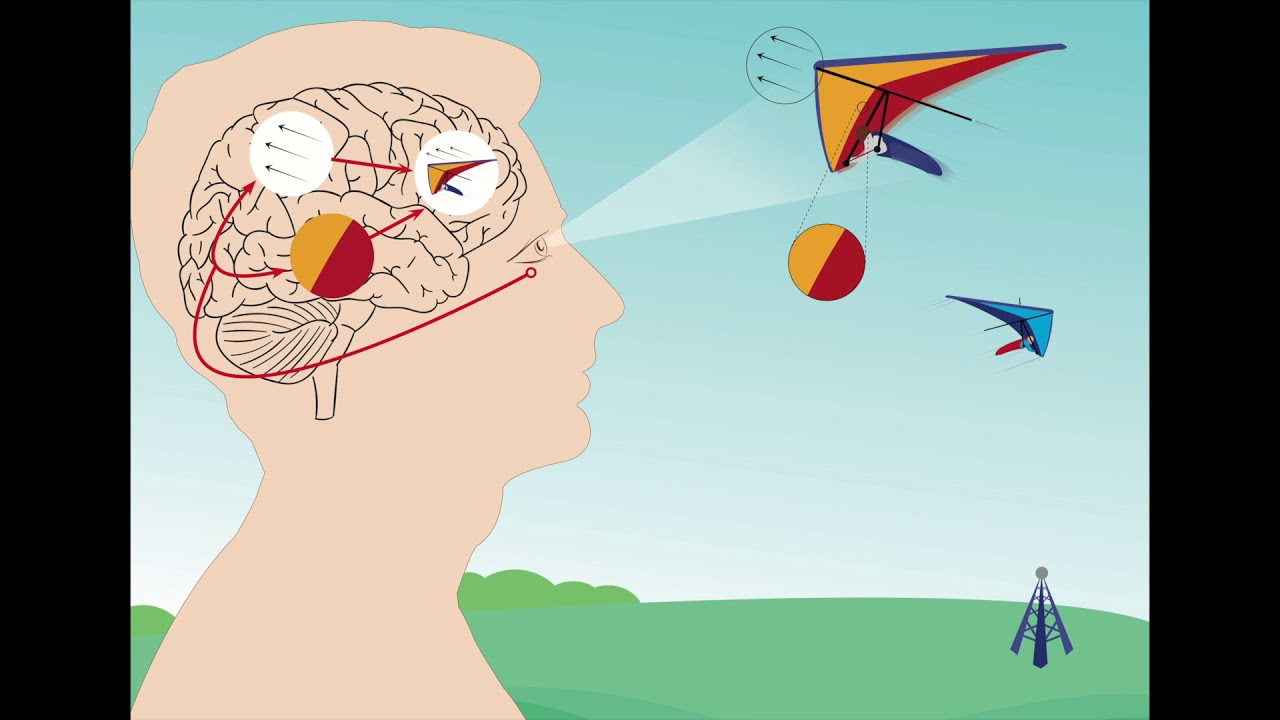Dr. Curtis Cripe: How to Keep Your Brain Young
We exercise to keep our bodies young and healthy, right? But how about our brains? Though our brains are always active—even when asleep—Dr. Curtis Cripe emphasizes that the quality of brain activity is where the focus should be if we want to keep our brains young and healthy. And luckily, keeping our brains sharp doesn't require bizarre techniques. Here are three activities Dr. Curtis Cripe recommends for keeping your brain young.
Read Fiction
Generally, reading is a great way to think creatively and expand our minds. But we can reap even more amazing benefits if we pay attention to how we're reading. Dr. Curtis Cripe says that rather than just halfheartedly reading a few pages before you go to sleep because you heard it can be good for you, embrace the escape—let your mind wander into a different world. It generates blood flow in the brain and activates a balance of frequencies that can stimulate healthy neuroplasticity. Neuroplasticity is the capacity of neurons in the brain to change their connections in response to new information, sensory stimulation, development, damage, or dysfunction. If you want to keep your brain young, you need to drive neuroplasticity in a healthy direction.
 |
Image source: images.pexels.com |
Play Ping Pong
Dr. Curtis Cripe notes that a challenging puzzle stimulates gamma activity in the brain. It is excellent for creativity and keeping the brain young. And it turns out it's not just puzzles that can stimulate the brain. The American Academy of Neurology found that people with Parkinson's who played ping pong once a week for six months showed improvement in their symptoms. Some studies have shown that ping pong can help sharpen reflexes, improve hand-eye coordination, and stimulate the brain.
Dr. Curtis Cripe says that allowing your body and mind to wander every day will engage the 200 different sections of the brain in a stimulating and creative way. There's no need for a specific train of thought, and the point is to let your mind wander.
Learn more about NTL Group's research and development head Dr. Curtis Cripe and the work he does by clicking this link.












